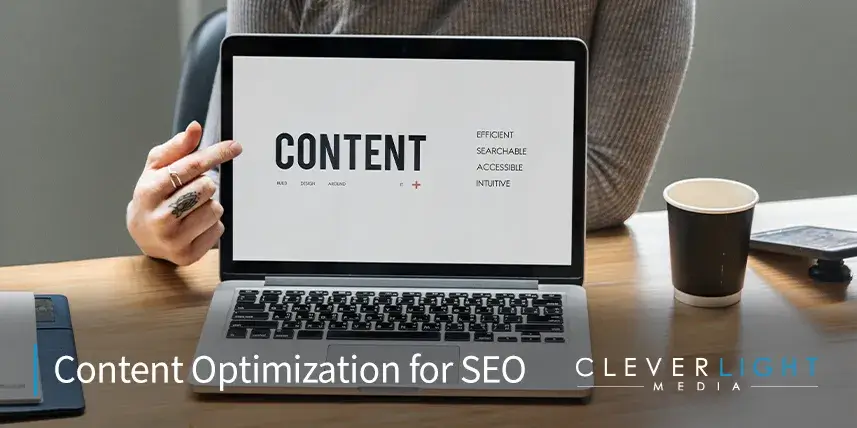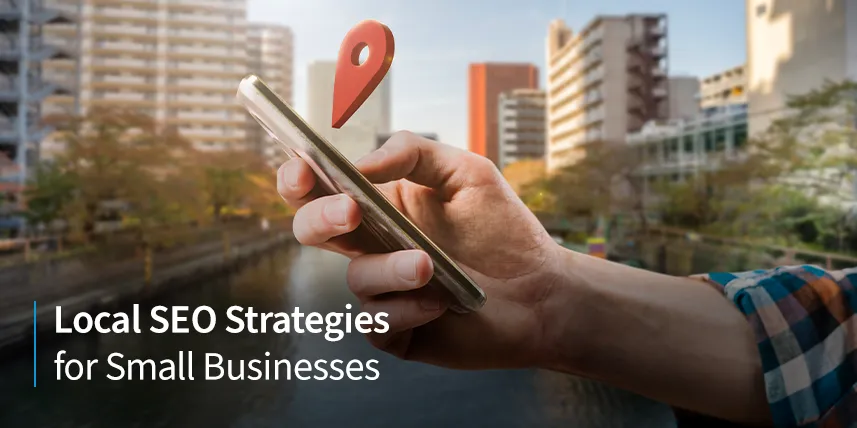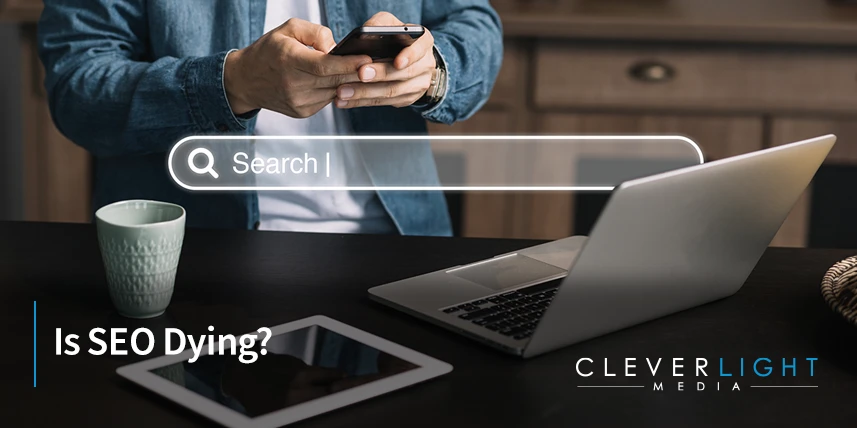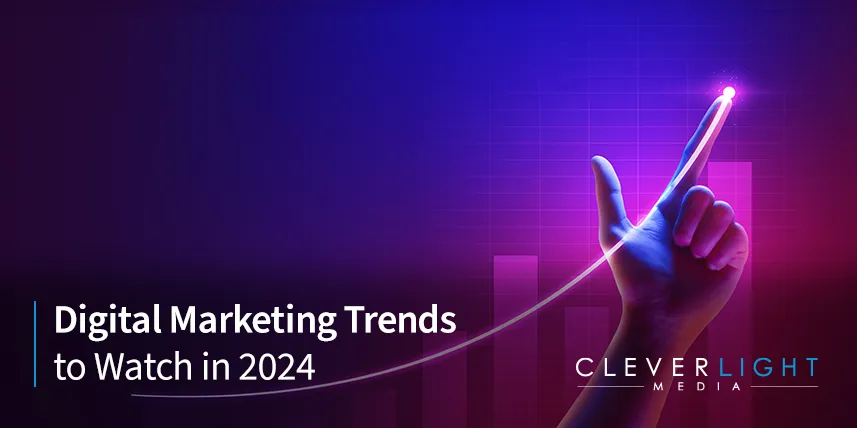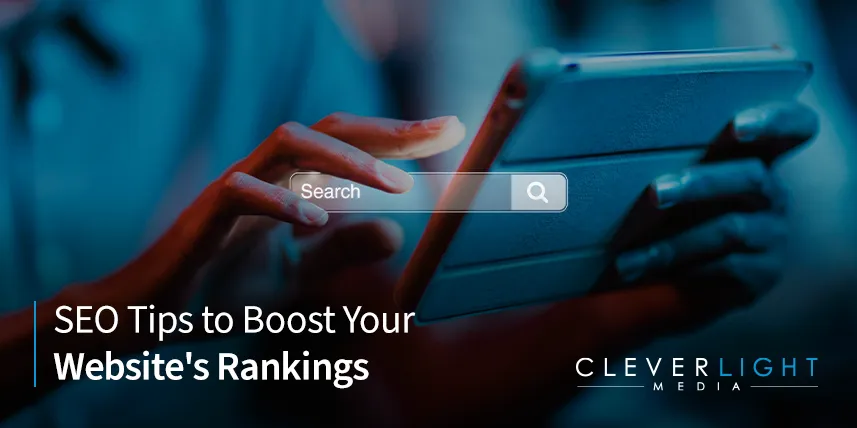Creating valuable content is just one part of the digital marketing puzzle. To truly make an impact and rank well in search engine results, you need to ensure your content is optimized for SEO. In this comprehensive guide, we’ll walk you through the strategies and techniques for content optimization that can help your website rise through the ranks of search engine results pages (SERPs).
Understanding Content Optimization
What Is Content Optimization?
Content optimization is the process of refining your online content so that it not only appeals to your human audience but also aligns with the ranking criteria of search engines like Google. It involves a combination of techniques that make your content more visible, valuable, and accessible to both search engines and users.
The Role of Keywords
Keyword Research
Keywords are the foundation of content optimization. Start by conducting thorough keyword research to identify the words and phrases your target audience is using to search for information related to your content. Tools like Google Keyword Planner and SEMrush can assist in this process.
Keyword Placement
Once you’ve identified relevant keywords, strategically incorporate them into your content. Place them in the title, headings, subheadings, and naturally throughout the body of the text. However, avoid keyword stuffing, which can lead to penalties from search engines.
Quality Content Matters
Valuable and Relevant Content
Search engines prioritize high-quality content that provides value to users. Ensure your content is informative, well-researched, and relevant to the topic. This not only improves your chances of ranking but also keeps users engaged.
Content-Length
While there’s no strict rule on word count, longer content often performs better in search results. Aim for comprehensive, in-depth content that thoroughly covers the topic. However, always prioritize quality over quantity.
Optimizing for Readability
Use of Headings
Properly structure your content with headings (H1, H2, H3, etc.) to improve readability and organization. Search engines pay attention to these headings, so include keywords where relevant.
Paragraph Length
Keep paragraphs concise and easy to digest. Shorter paragraphs are more reader-friendly, especially on mobile devices.
Use Bullet Points and Lists
Break up information with bullet points and numbered lists when appropriate. This helps users quickly scan and understand the content.
Optimizing Images and Media
Image Alt Text
For images, use descriptive alt text that includes keywords. Alt text is important for accessibility and can also be considered by search engines when ranking your content.
File Names and Compression
Optimize image file names and compress images to improve page load times. Faster-loading pages are favored by both users and search engines.
Mobile Optimization
Responsive Design
Ensure your website uses responsive design, which adapts to various screen sizes. Google prioritizes mobile-friendly websites in its rankings.
Mobile Page Speed
Mobile page speed is critical. Use tools like Google’s PageSpeed Insights to identify and fix issues that may slow down your mobile site.
Monitoring and Updates
Regularly Review Performance
Track the performance of your optimized content using analytics tools. Pay attention to metrics like traffic, bounce rate, and conversion rates to identify areas for improvement.
Stay Updated with SEO Trends
The world of SEO is constantly evolving. Stay informed about the latest SEO trends and updates in search engine algorithms to adapt your content optimization strategies accordingly.
In Conclusion
Optimize for Success
Content optimization is a continuous process that requires attention to detail and a commitment to delivering the best possible content to your audience. By understanding the role of keywords, prioritizing quality, enhancing readability, optimizing media, and staying mobile-friendly, you can improve your website’s SEO and climb the search engine rankings.
